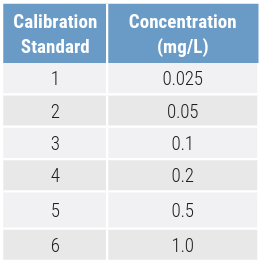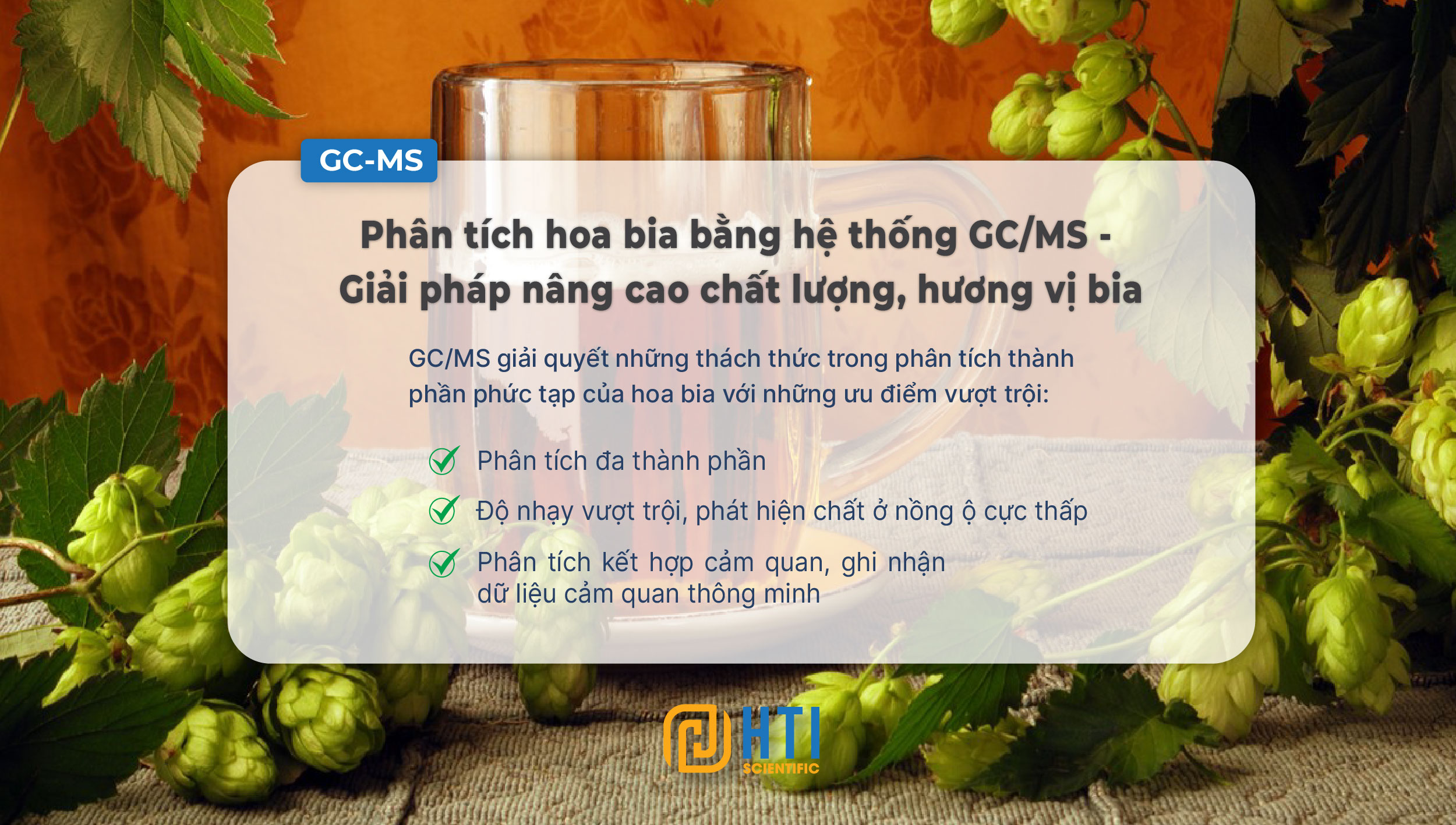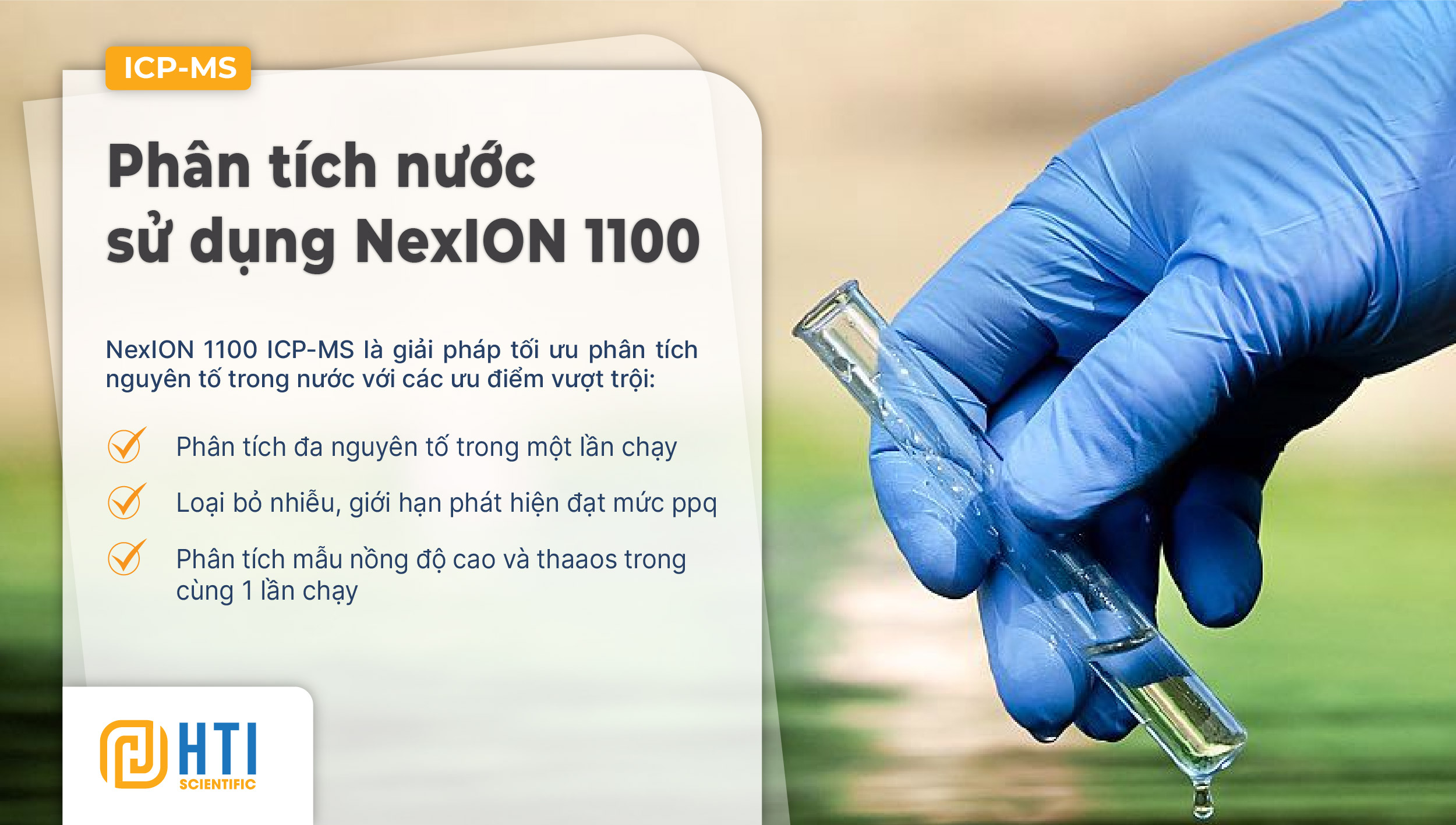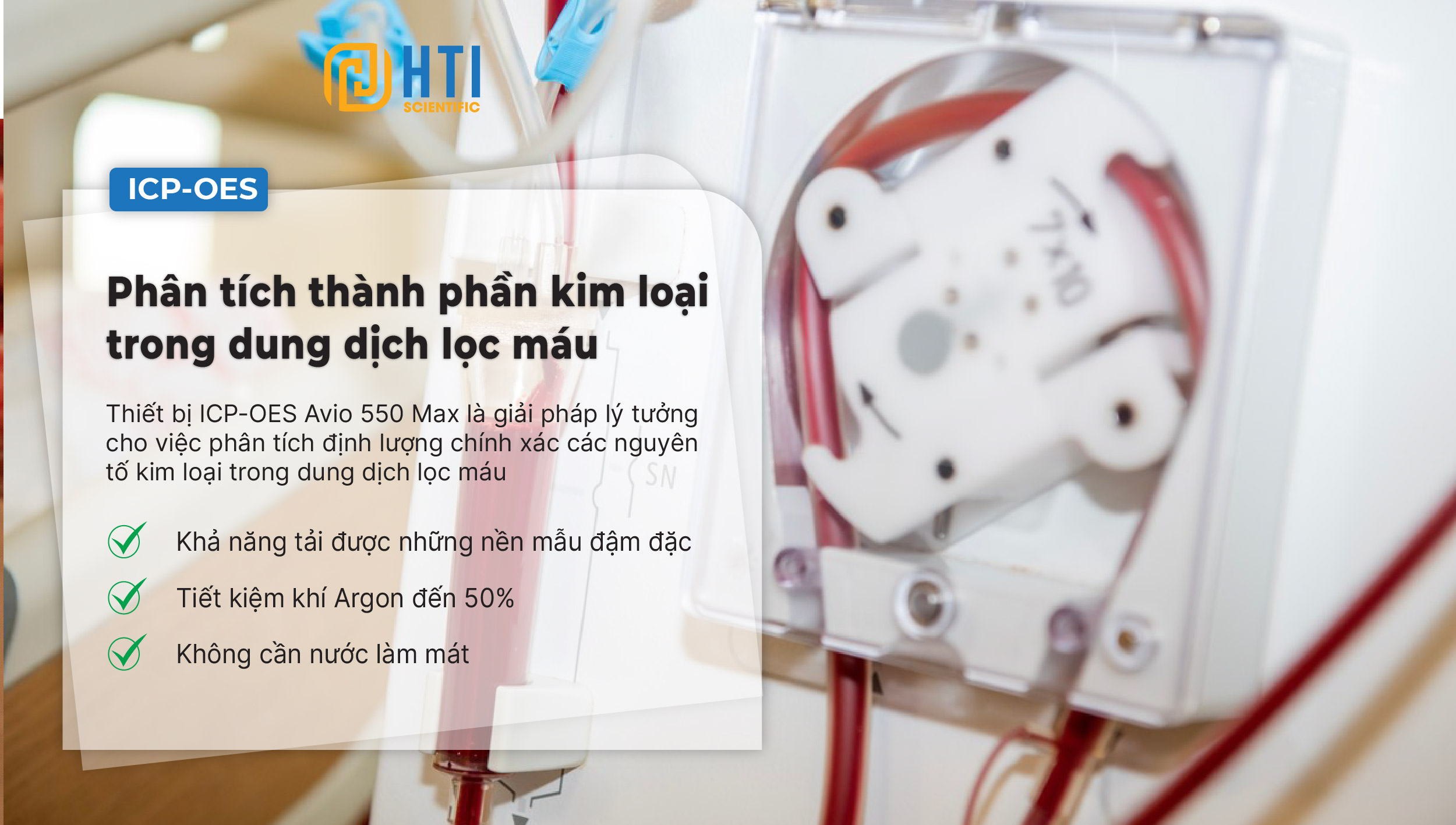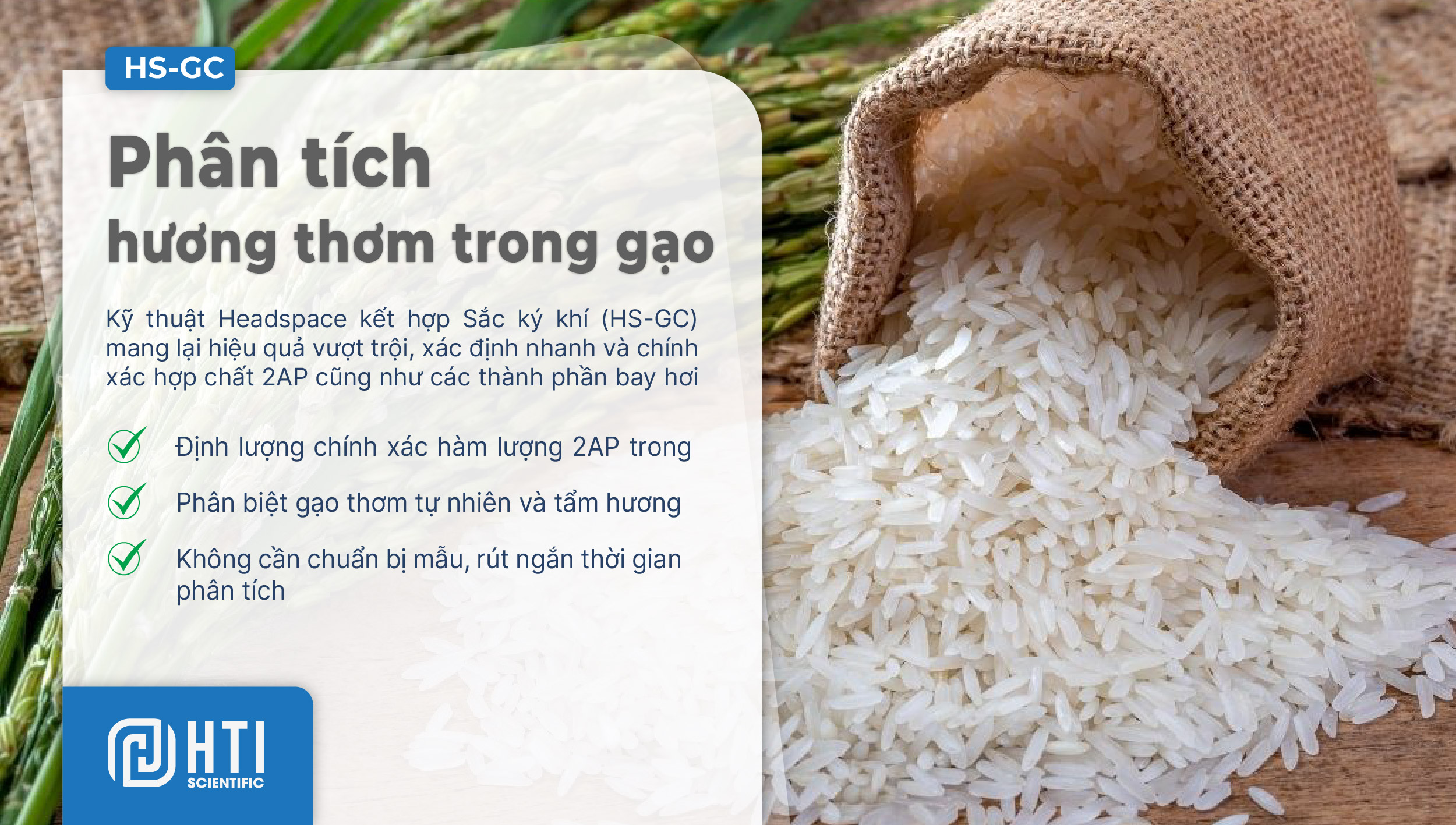Rapid Determination of 13 Trace Elements in Graphite with the Avio 220 Max ICP-OES
Giới thiệu
The anode is one of the core components of lithium-ion batteries; its function is energy storage and release, thereby affecting the cycling performance of the battery. Although anodes can be made from different materials, the most commonly used is artificial graphite due to its low price, long lifetime, and high storage capacity. China Standard GB/T 24533-20191 specifies that the trace element limit in Grade Ⅰ artificial graphite used for anodes is < 5 mg/ kg, and that the iron and sulfur content must be less than 20 mg/kg, as shown in Table 1.

Table 1. GB/T 24533-2019 Impurity Levels in Grade Ⅰ Artificial Graphite Ⅰ
Appendix H of GB/T 24533-2019 recommends microwave digestion for sample preparation, but given the difficulty of digesting graphite, this method is acid-intensive, cumbersome, requires a long digestion time, and is unsuitable for batch samples.
In this work, an alternate sample preparation strategy is explored which uses less acid, simplifies the sample preparation process, and can easily be scaled to accommodate large numbers of samples. The Avio® 220 Max hybrid simultaneous ICP-OES is used to measure 13 elements from both microwave digestion and the alternate sample preparation to compare both sample-preparation techniques.
Experimental
Samples and Sample Preparation
Sample Preparation Block Leaching
A 0.5 g quantity of two unknown graphite samples (Graphite A, Graphite B) was placed in 50 mL DigiTUBES®, followed by 5 mL aqua regia. The tubes were loosely capped and heated at 120 °C for 60 minutes in a Sample Preparation Block. After heating, the tubes were cooled to room temperature, brought to 50 mL with deionized water, and centrifuged for 10 minutes at 9000 rpm. To check for contamination, preparation blanks were prepared in the same way, but without the addition of graphite. Analyte spikes at 0.1 mg/L were added to the samples prior to the addition of aqua regia.
Microwave Sample Preparation
A 0.5 g quantity of two unknown graphite samples was placed in microwave digestion vessels, followed by 10 mL of aqua regia. The vessels were left uncapped for 15 minutes to allow any early reactions to occur before being sealed. The samples were digested at 220 °C for 30 minutes, then allowed to cool to room temperature before the contents were transferred to 50 mL autosampler tubes and brought to 50 mL with deionized water for analysis. Because the graphite could not be completely digested, the samples were centrifuged to separate the solids from the acid. Sample preparation blanks were prepared in the same manner as the samples, but without the addition of graphite. Analyte spikes at 0.1 mg/L were added to the samples prior to the addition of aqua regia.
Instrumental Conditions
All analyses were performed on an Avio 220 Max hybrid simultaneous ICP-OES using the conditions in Table 2 and the elements and wavelengths in Table 3.
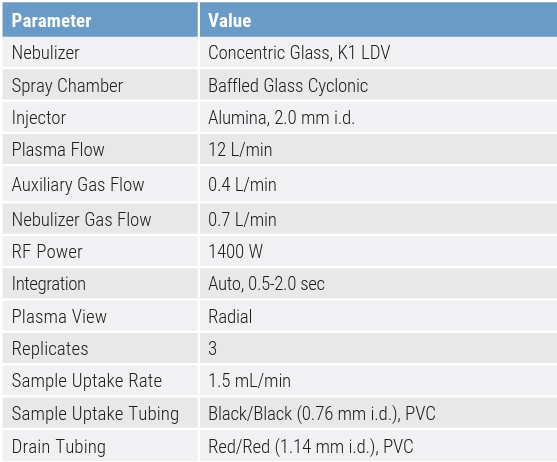
Table 2. Avio 220 Max ICP-OES Instrumental Parameters.
The Avio 220’s unique optical system 2,3 provides excellent sensitivity, allowing for accurate determinations at low concentrations, which is important when assessing impurities. Another benefit of the high sensitivity is the ability to use radial plasma view for the analysis. With the high level of dissolved solids in these samples (10%), radial plasma view provides the advantage of reduced matrix effects in the plasma. As a result, all measurements were made against external calibration curves, with standards prepared in 5% nitric acid (v/v) at the concentrations in Table 4. The calibration blank was 5% nitric acid.
|
Table 3. Elements and Wavelengths.
|
Table 4. Calibration Standards.
|
Results and Discussion
During method development, several spectral lines for each element were evaluated, and the selected lines (Table 3) provided the highest signal-to-background ratios and were interference-free. Calibration curves for all analytes produced correlation coefficients great than 0.9999, as shown in Table 5, along with example curves in Figure 1.
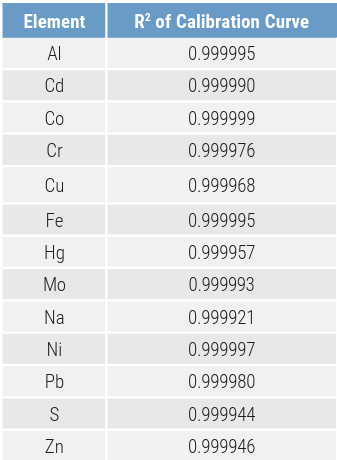
Table 5. Correlation Coefficients for Calibration Curves for Each Element.
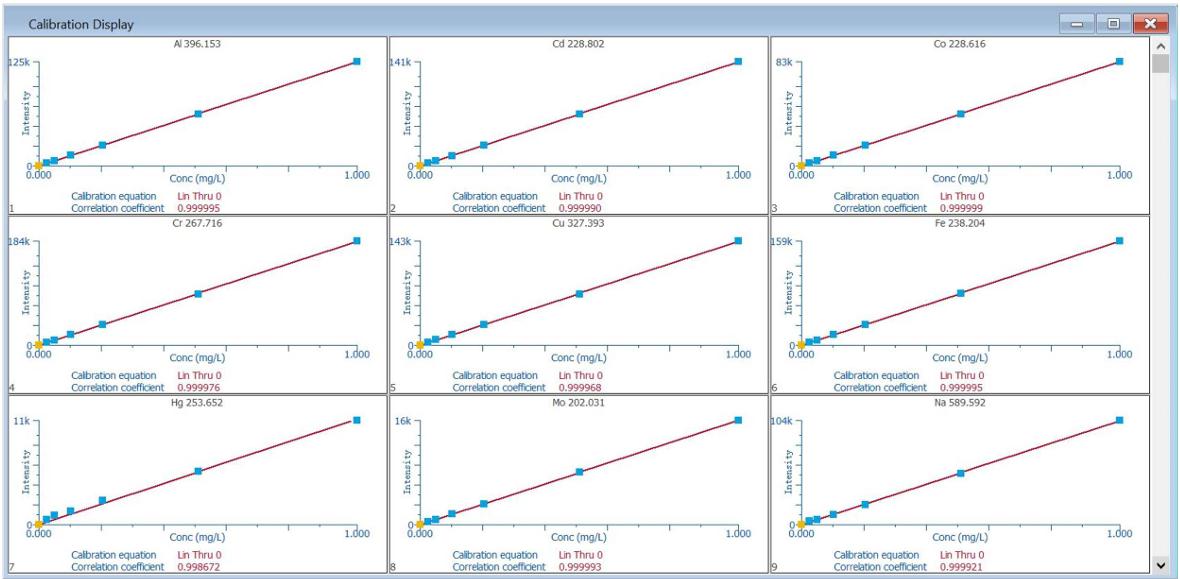
Figure 1. Example calibration curves of selected elements.
Next, detection limits in solution were determined by 11 measurements of a sample preparation blank prepared with the Sample Preparation Block and multiplying the standard deviation by 3. To account for a 100x dilution factor and establish method detection limits, the solution detection limits were multiplied by 100. Both solution and solid detection limits are shown in Table 6 and are sufficiently low to meet the requirements of GB/T 24533-2019.

Table 6. Detection Limits in Solution and Solid.
With the detection limits established, the graphite samples from the rapid leach preparation were analyzed. As shown in Table 7, both graphite samples meet the specification of Grade Ⅰ artificial graphite as defined in GB/T 24533-2019.

Table 7. Results and Spike Recoveries from Graphite with Rapid Leaching.
To assess accuracy, samples were spiked at 0.1 ppm of the analytes before the leach procedure and analyzed after the leach. The spike recoveries were all within 10% of their true values for both samples, as shown in Table 7.
To evaluate the consistency of the leach procedure with the Sample Preparation Block and Avio 220 Max ICP-OES, Graphite B was prepared with a 0.1 mg/L spike and analyzed 11 times. The RSDs of the 11 measurements appear in Table 8 and are all less than 1%, with the exception of mercury, demonstrating the consistency and accuracy of both the Sample Preparation Block leach procedure and the Avio 220 Max.

Table 8. Repeatability of Rapid Leach Method.
RSDs of 11 Preparations and Analyses of Graphite B Spiked with 0.1 mg/L.
The Sample Preparation Block leaching method was compared to the established microwave digestion by preparing the graphite samples by both methods and analyzing. As shown in Table 9, the results compare favorably, with deviations of less than 10% between the results from both sample preparation methods. Interestingly, the higher temperature used in the microwave (220 °C vs. 120 °C in the Sample Preparation Block) does not yield higher concentrations, which demonstrates that all the metals are leached at 120 °C.
Although the Sample Preparation Block leach time (60 minutes) is longer than the microwave time (30 minutes), the Sample Preparation Block method can provide higher sample throughput when considering the complete sample preparation:
- Time to seal the microwave vessels
- Time to cool the samples to room temperature (120 °C via leaching vs. 220 °C from microwave digestion) before bringing to final volume
- Necessity to transfer the digested sample from the microwave vessel to autosampler tubes for analysis
- Time to wash the microwave vessels
- Ability to easily accommodate a large number of samples
An additional benefit of the Sample Preparation Block leach method is that it uses half the amount of acid (5 mL vs. 10 mL).
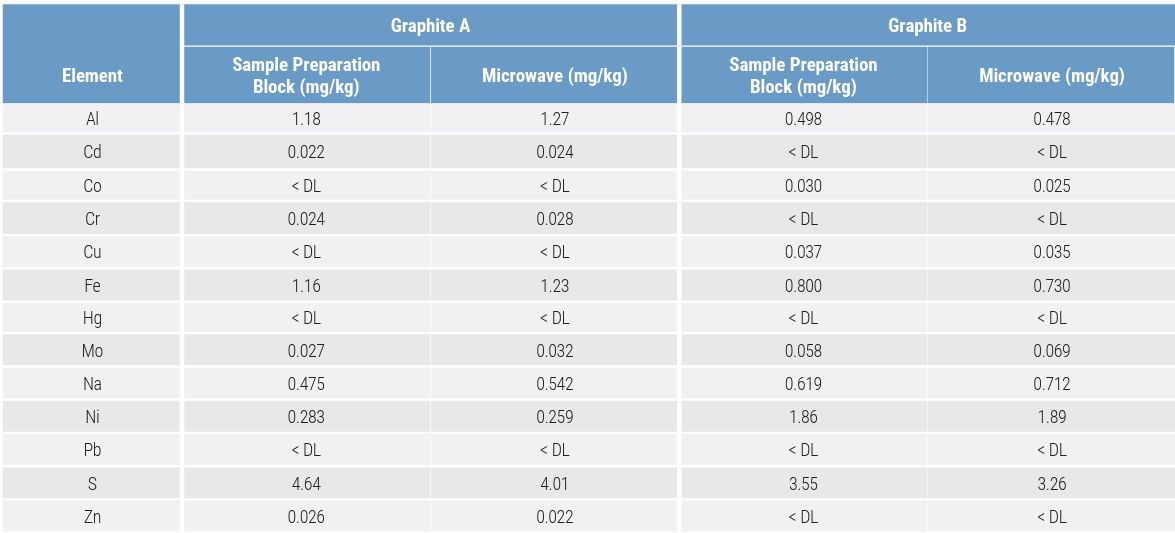
Table 9. Results Comparison: Sample Preparation Block and Microwave.
Conclusion
This work has demonstrated a simplified, alternative sample preparation scheme to accommodate the determination of contaminants in graphite in accordance with Chinese standard GB/T 24533-2019. By using a leaching procedure with a Sample Preparation Block, sample preparation is simplified despite using less acid and having the ability to prepare a larger number of samples. The leaching procedure was verified by comparing analytical results attained on the Avio 220 Max hybrid simultaneous ICP-OES to those from the conventional microwave procedure. The advantages of the Avio 220 Max include high sensitivity and robustness, allowing for accurate analyses at low concentrations. The combination of rapid leaching with analysis using the Avio 220 Max ICP-OES is ideal for the determination of impurities in graphite to meet the needs of the lithium-ion battery market.
Consumables Used
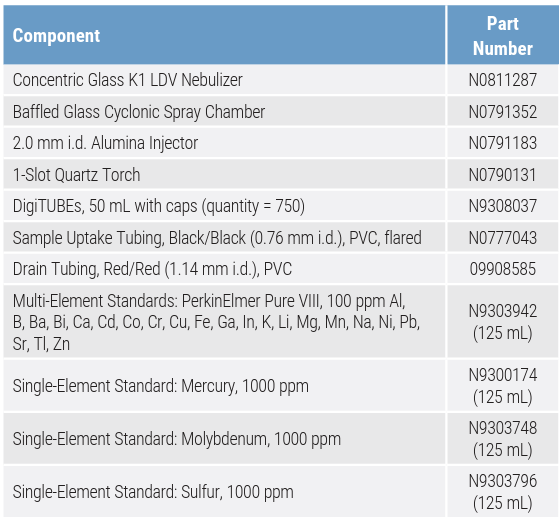
References:
- GB/T 24533-2019 “Graphite Anode Materials for LithiumIon Batteries”, https://www.chinesestandard.net/PDF.aspx/ GBT24533-2019.
- “The Avio 220 Max ICP-OES: A Unique Double-Monochromator Optical System”, Technical Note, PerkinElmer, 2020.
- “Avio 220 Max ICP-OES Custom-Designed Solid-State Detector with Hybrid Simultaneous Analysis”, Technical Note, PerkinElmer, 2020.
Learn more: https://perkinelmer/app-rapid-determination-of-13-trace-elements-in-graphite-with-the-avio-220-max-icp-oes


